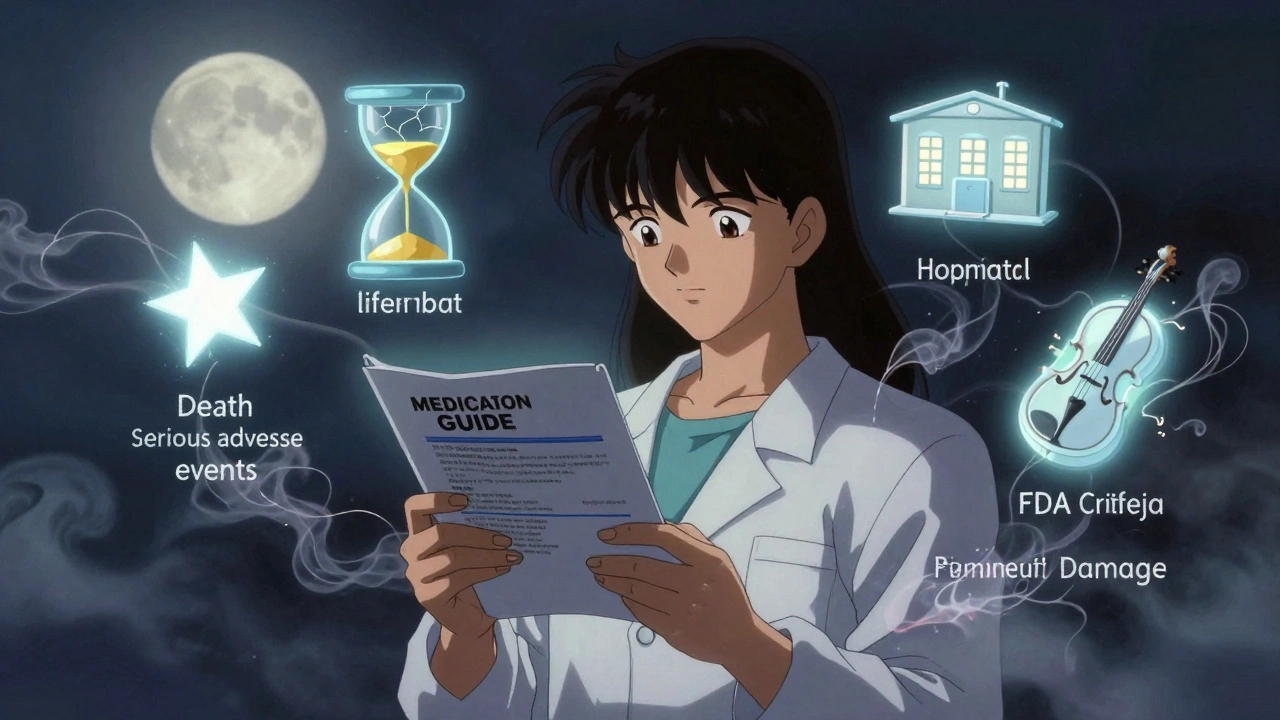Drug Side Effects: What You Need to Know
When dealing with drug side effects, unwanted physical or mental responses that appear after taking a medication. Also known as adverse drug reactions, they can range from a mild rash to life‑threatening organ damage. The first step is to understand that an Adverse drug reaction, any harmful or unintended response to a drug taken at normal therapeutic doses is the umbrella term that includes all side effects, overdose effects, and allergic responses.
Key Concepts
Keeping track of side effects is a core part of Pharmacovigilance, the science and activities that monitor the safety of medicines after they reach the market. This field collects real‑world reports, spot trends, and helps regulators update safety labels. Without it, rare but serious reactions—like the muscle pain linked to some cholesterol drugs—might stay hidden for years.
Another crucial piece is the Drug interaction, the change in effect of one medication caused by the presence of another drug, food, or supplement. Interactions can magnify side effects or blunt therapeutic benefits. For example, combining certain blood‑pressure pills with over‑the‑counter NSAIDs often raises the risk of kidney injury, a side effect that isn’t inherent to either drug alone.
The posts in this collection illustrate how side effects show up across therapeutic classes. A PAD drug like Trental (Pentoxifylline) may cause dizziness, while an ACE‑combination such as Enalapril‑Hydrochlorothiazide can trigger electrolyte imbalances. Statins such as Atorvastatin often bring muscle aches, and antibiotics like Doxycycline raise concerns during pregnancy. Even topical agents—azelaic acid for oily skin or Retin A for acne—have their own irritation profiles.
Risk isn’t the same for everyone. Age, kidney function, genetics, and other health conditions shape how a person experiences a side effect. The same dose of a blood‑thinner might be safe for a young adult but cause bleeding in an elderly patient with reduced liver metabolism. Knowing these modifiers helps clinicians personalize therapy and avoid preventable harm.
Practical steps can keep side effects in check. Start with a low dose and increase slowly, especially for drugs with known dose‑dependent toxicity. Keep a daily log of any new symptoms, no matter how trivial they seem. Share that log with your prescriber and ask whether a lab test or a medication swap is warranted. Most importantly, report serious or unexpected reactions to your national pharmacovigilance center; the data you provide can protect future patients.
Below you’ll find detailed articles that dive deeper into specific medicines, compare alternatives, and offer safety checklists. Whether you’re looking for guidance on managing a common rash or need to understand the interaction profile of a complex regimen, the collection provides actionable insights you can use right away.
FDA Serious Adverse Events Explained: What Patients Need to Know
Learn what the FDA means by 'serious adverse event' - and why it's not the same as a severe side effect. Get clear facts on when a reaction counts as serious, how it's tracked, and what you should do if you experience one.
READ MORELifestyle Changes to Reduce Medication Side Effects: Practical Guide
- DARREN LLOYD
- 10
Simple, science-backed lifestyle changes-like walking more, eating less sodium, sleeping better, and managing stress-can cut medication side effects by up to 70%. Discover how daily habits affect how your body processes drugs and what to do about it.
READ MOREEthionamide’s Impact on Mental Health: How TB Treatment Affects Your Mood
Explore how ethionamide used for TB can affect mental health, learn to spot depression or anxiety early, and discover medical and psychosocial steps to keep patients stable during treatment.
READ MORE


